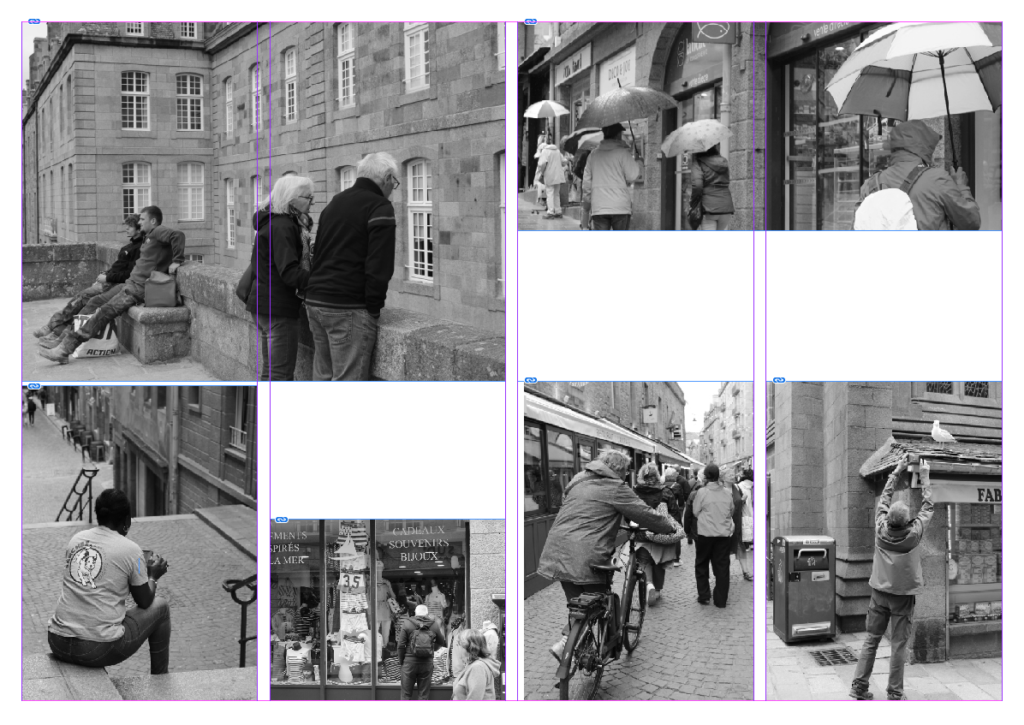
page 1
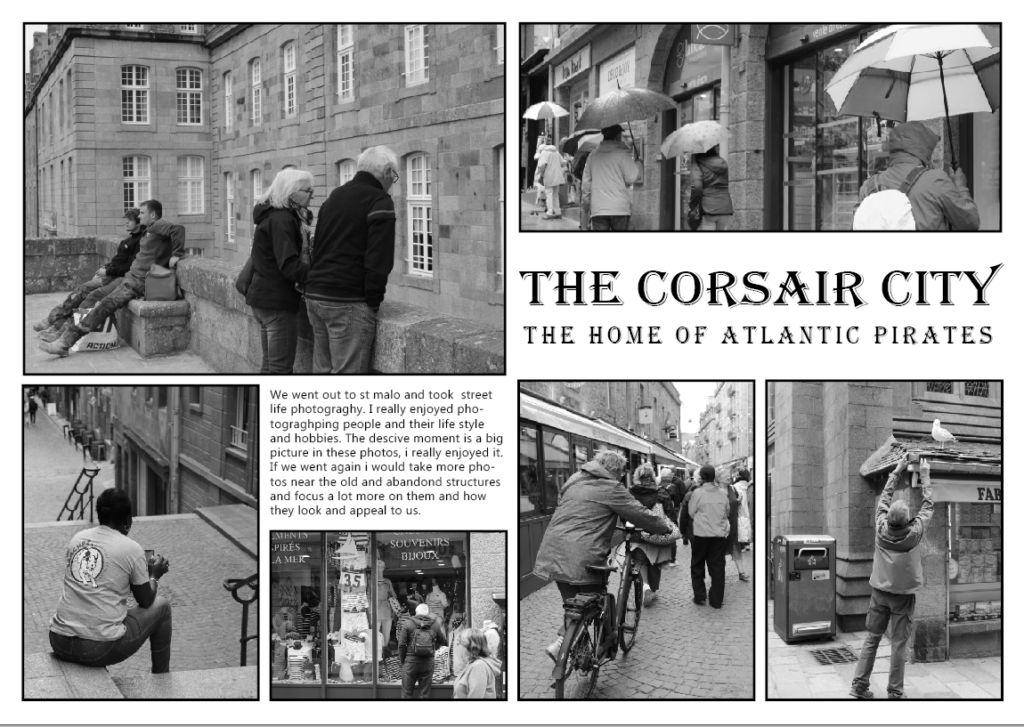
page 2
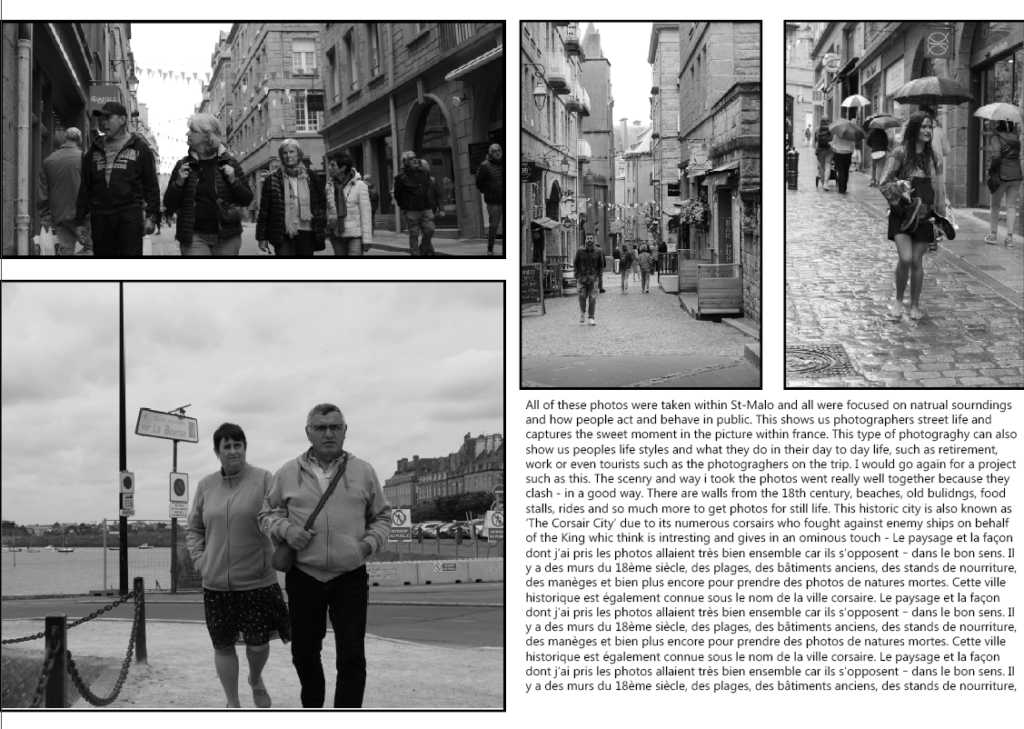

page 1

page 2



There are many different ways to crop images such as a photo, landscape, portatif and many different shapes. This style of photograghy is interesting and can outline a point in the photo that you are trying to go for.
The discovery of background elements you didn’t realize were there. Issues with the framing or composition. To better focus on your subject, such as this..

Here is some of my own photos taken in St-Malo cropped and changed into different angles and shapes.
Here’s a few before and afters.
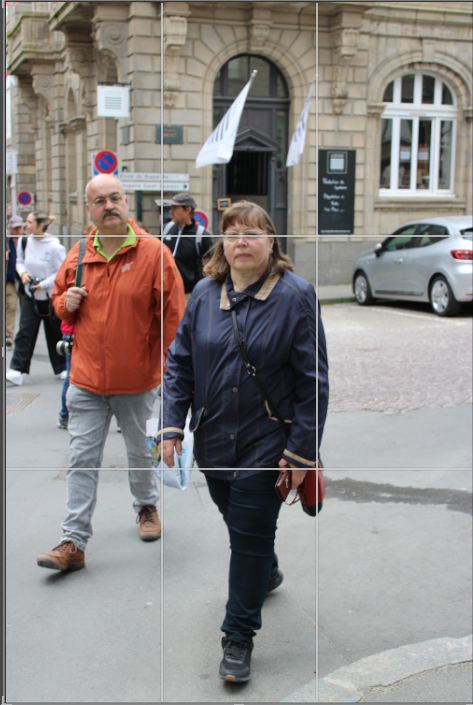
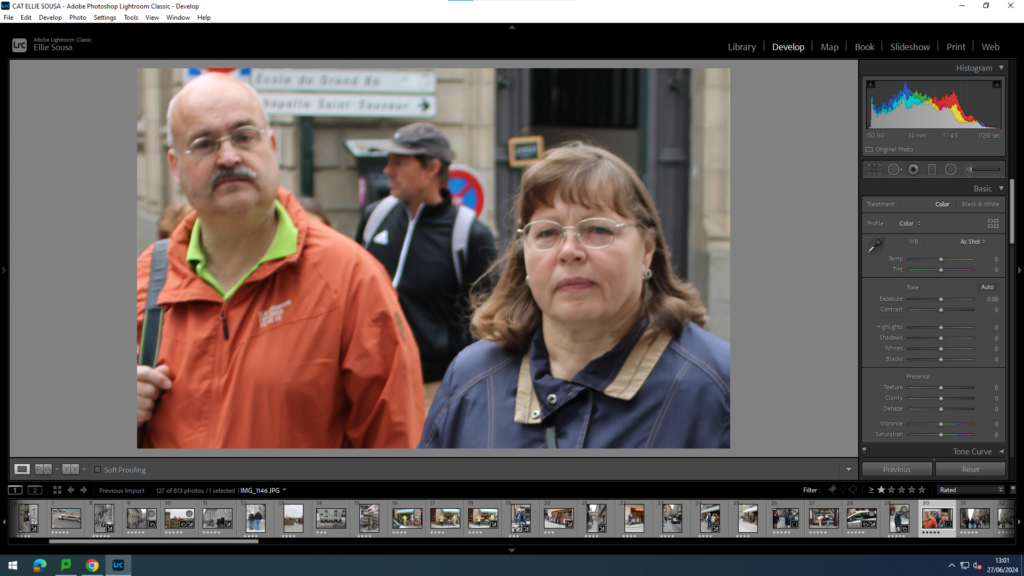



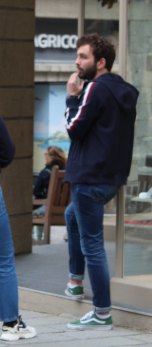
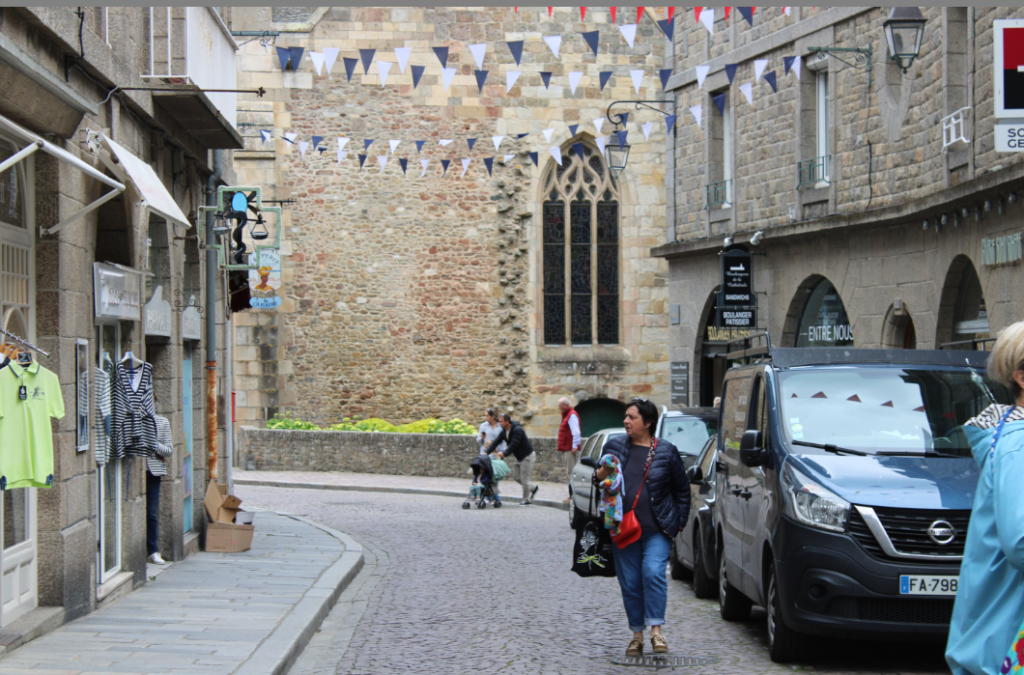
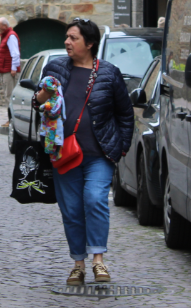
Here it is as a circle, before and after.
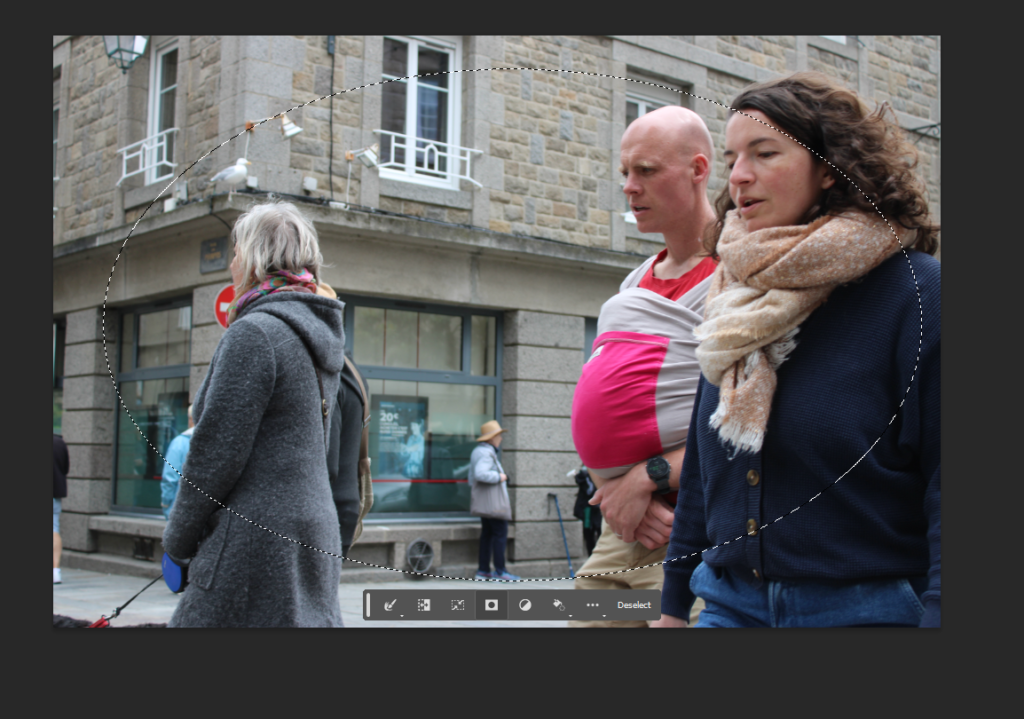
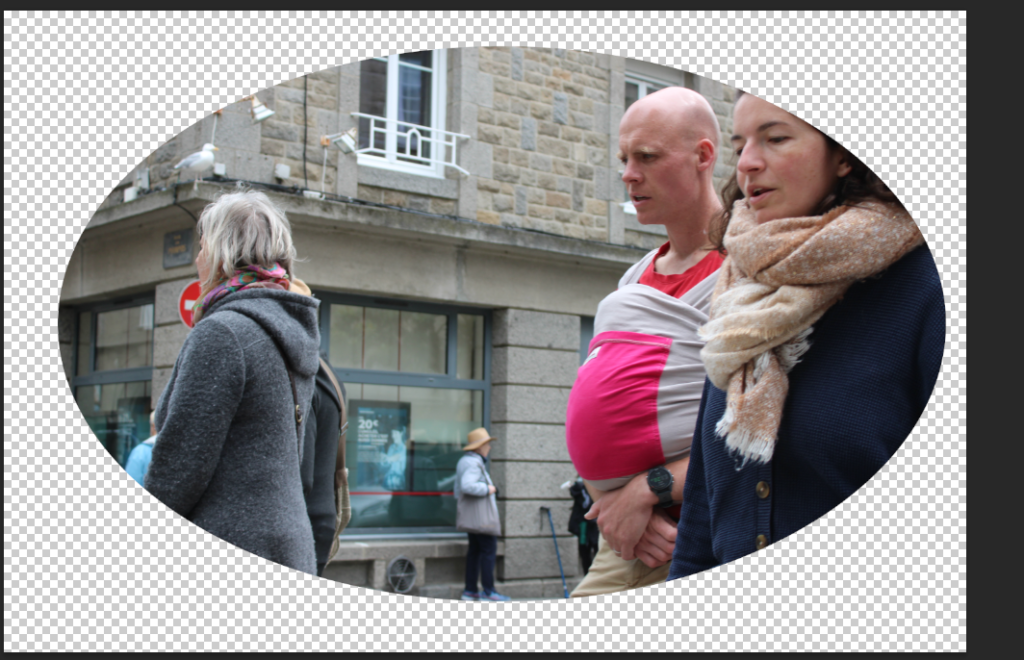
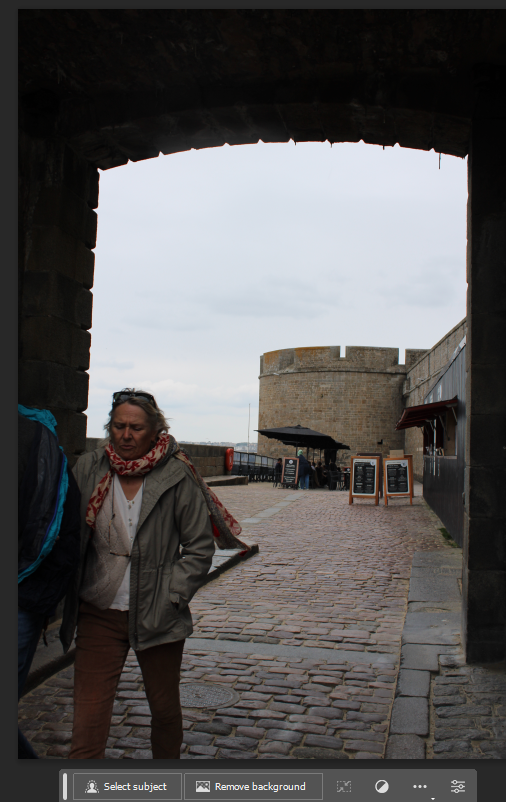
Here its done with loads of black and white colour/filter.
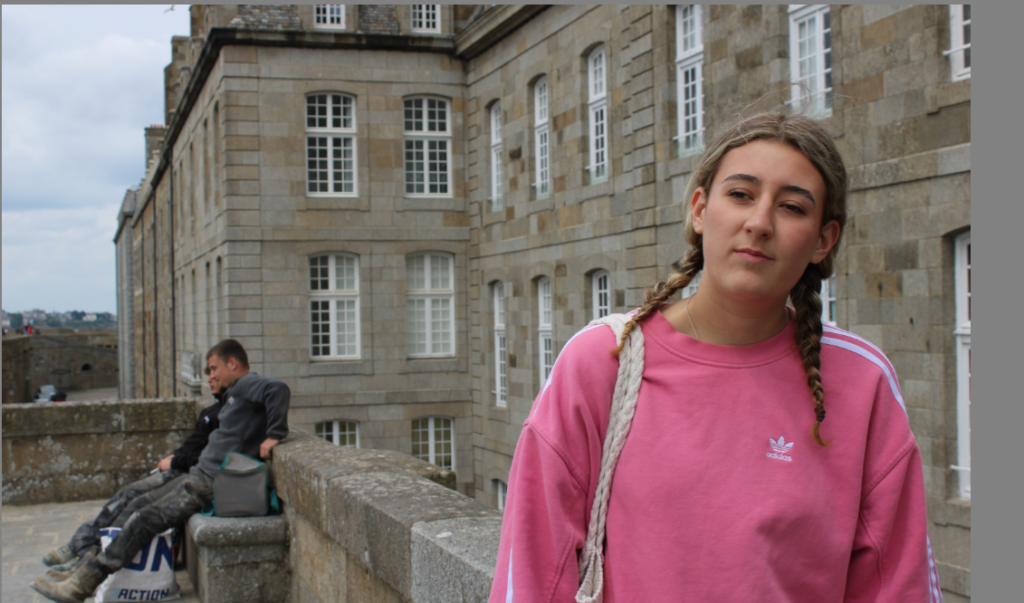
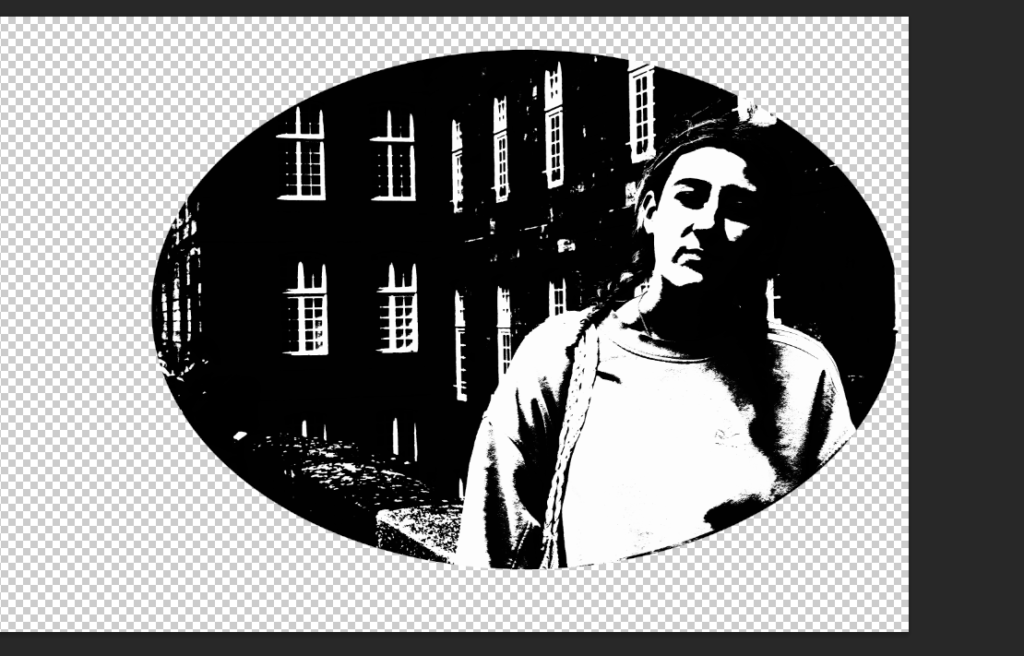
Here is a double imagine and a triangle image.
I did this on photoshop.
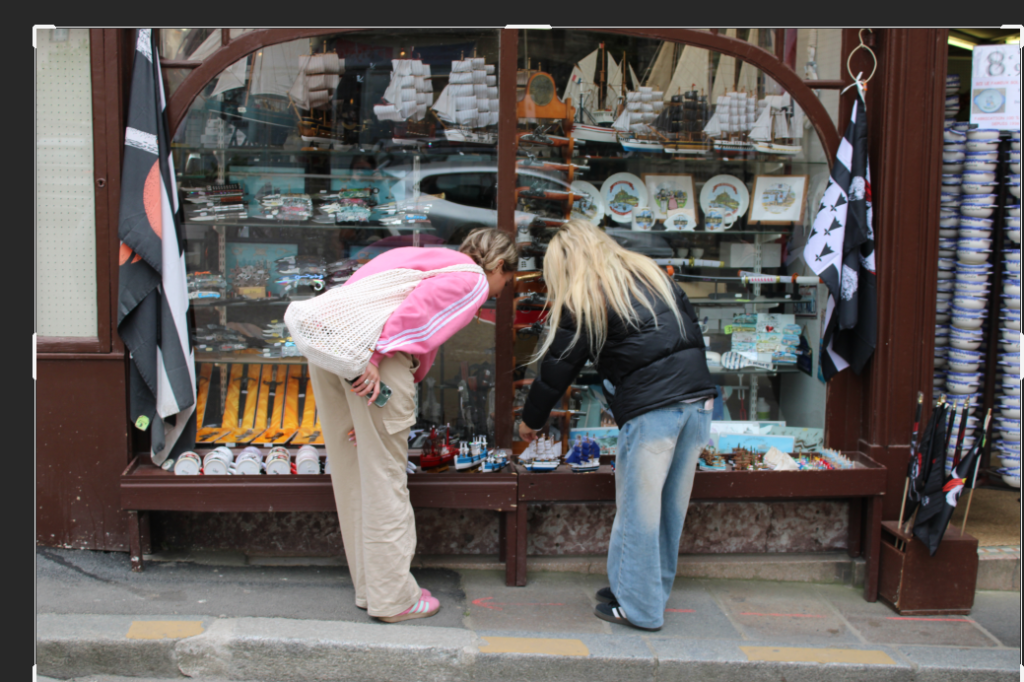

I just changed the colour of the background to black and white and moved the picture onto this image to get affect of us looking down on the people as we are ‘bigger’ which gives a cool illusion and affect onto the St-Malo project.

The Falling Soldier is an iconic black-and-white photograph by the Hungarian-American photographer Robert Capa during the Spanish Civil War. The image depicts a Republican soldier at the moment of his death from a gunshot to his head.it was said to depict the death of a Republican Iberian Federation of Libertarian Youth soldier, during the Battle of Cerro Muriano in the Spanish Civil War. The soldier in the photograph was later claimed to be the anarchist militiaman Federico Borrell García.
What is manipulating reality in photography?
Photograph manipulation involves the transformation or alteration of a photograph. Some photograph manipulations are considered to be skilful artwork, while others are considered to be unethical practices, especially when used to deceive, you could trick people too.
Photography is the art, application, and practice of creating images by recording light, either electronically by means of an image sensor, or chemically by means of a light-sensitive material such as photographic film- Bright, Susan (2019) Is it Real?
Can a photograph lie?
Given the right circumstances, it is possible to mislead someone by presenting an unedited, accurate photo. For example, one could use an unedited photo of two people facing each other to create the misleading impression that they were talking to each other when the photo was taken.
A camera itself never does lie, but people often misinterpret what they see, and others manipulate what they show you. However not all photos are reliable and sometimes not all photographs were taken with documentary intent and some are heavily manipulated. Many decades of photographs are in black-and-white or the colour has faded and is no longer accurate.
Robert Capa

Robert Capa was a Hungarian–American war photographer and photojournalist. He is considered by some to be the greatest combat and adventure photographer in history. Friedman had fled political repression in Hungary when he was a teenager, moving to Berlin, where he enrolled in college.
He is most famous for his images of war made him one of the greatest photojournalists of the 20th century.
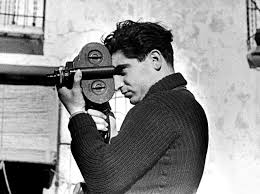
Documentary photography’s central moral associations are:
depicting truth
recording life as it is
camera as a witness.

Here are some of my favourite images taken in France – St Malo inspired by Henri Carton and the deceive moment.
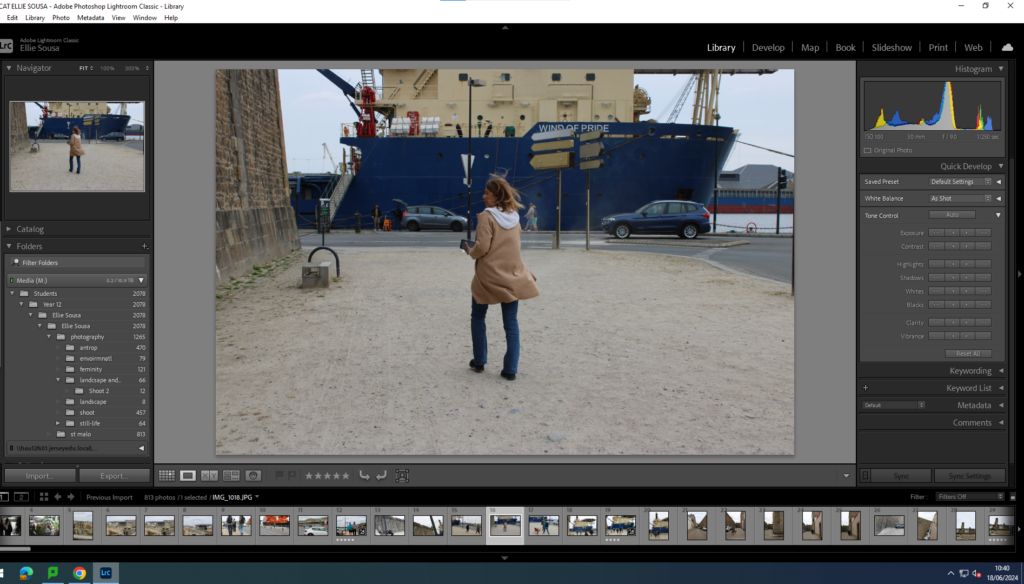
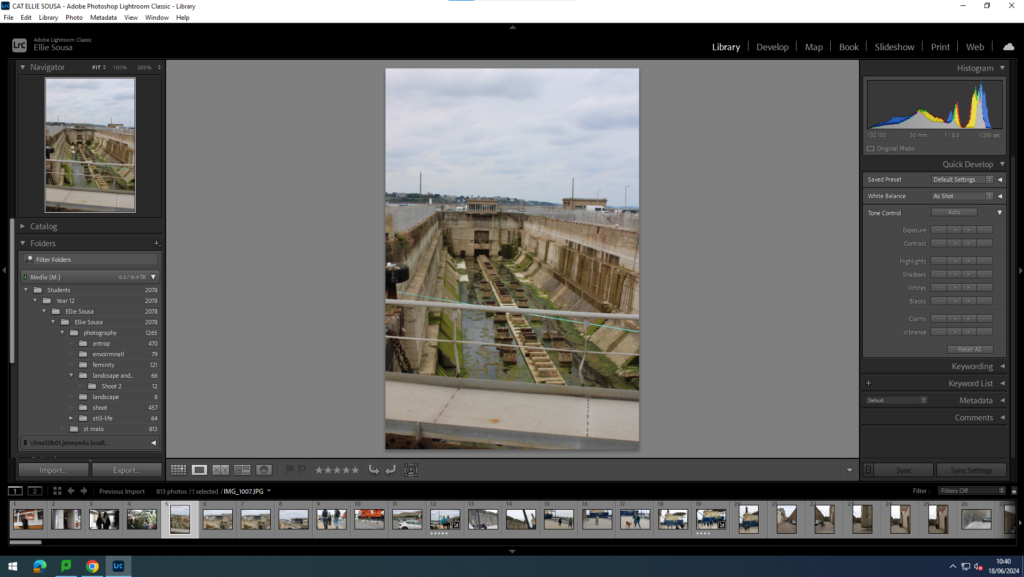
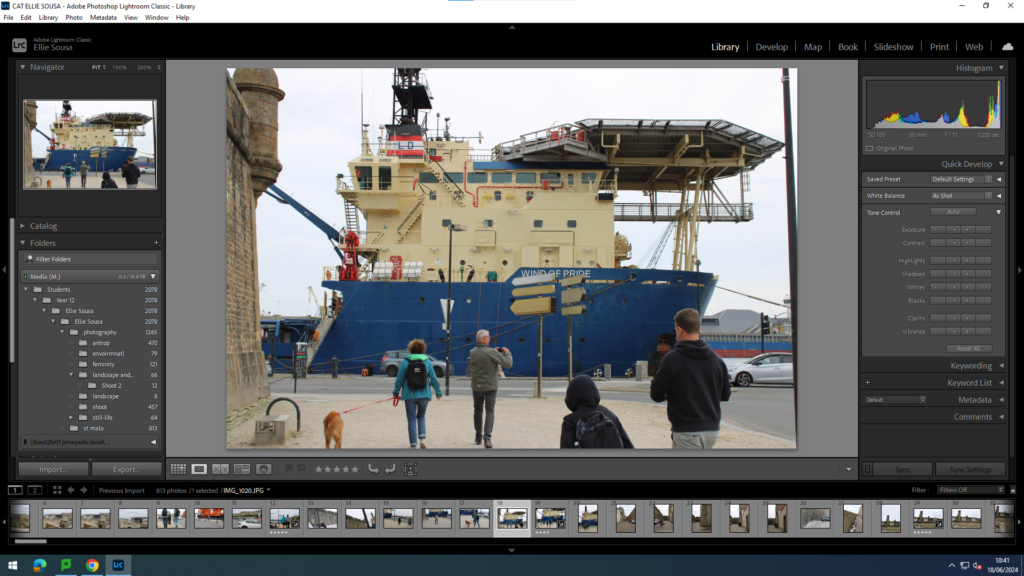

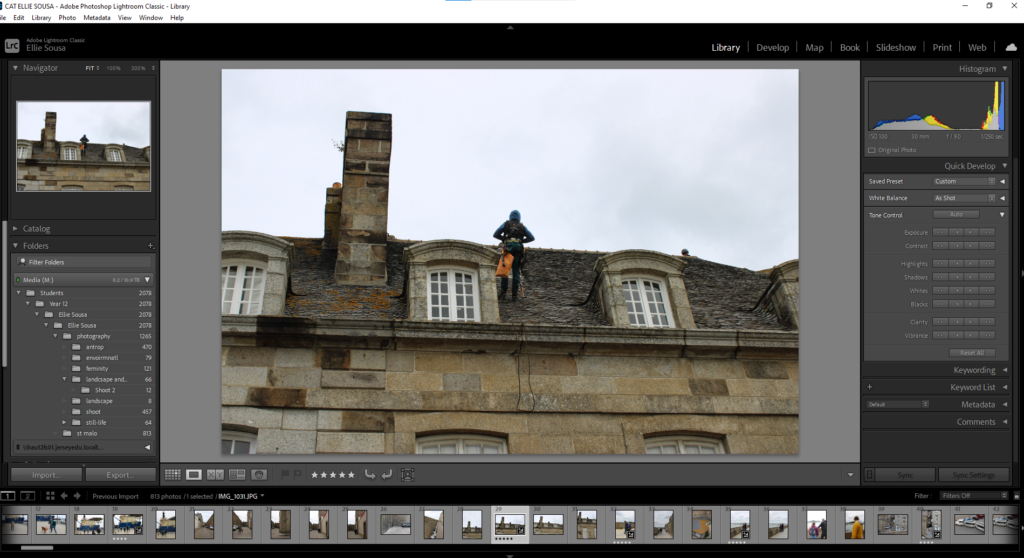
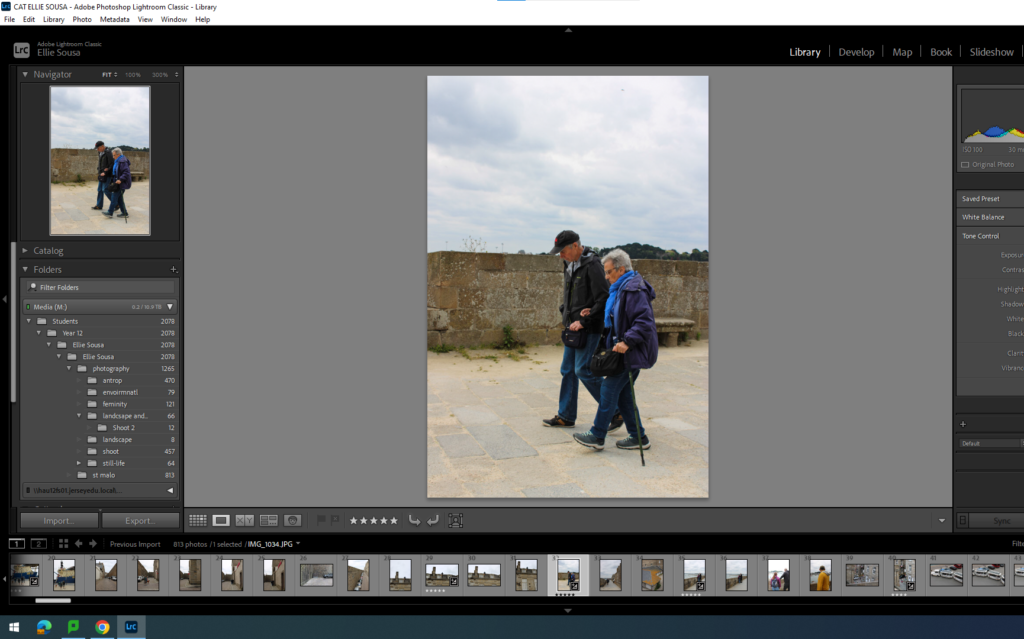
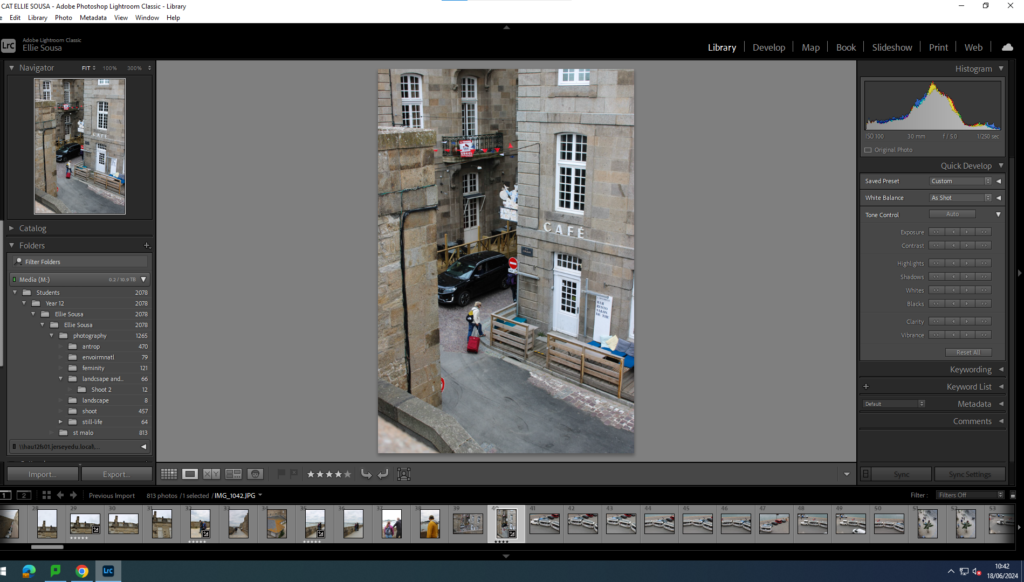
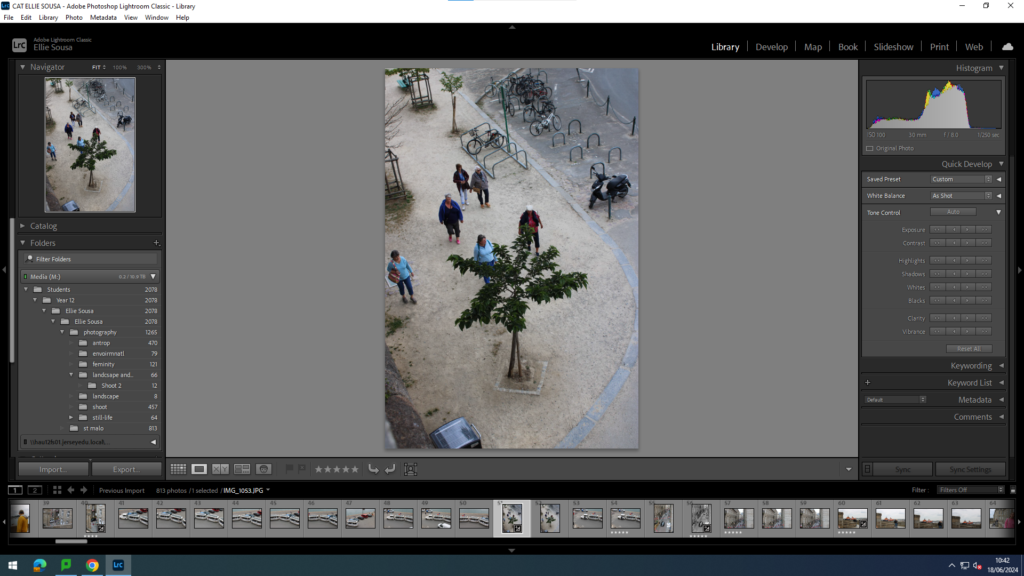
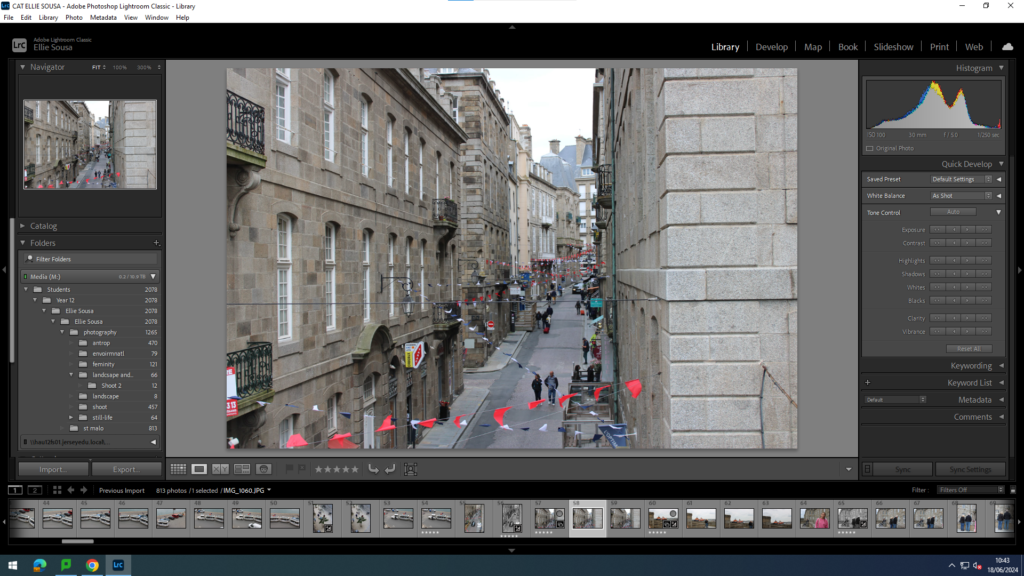

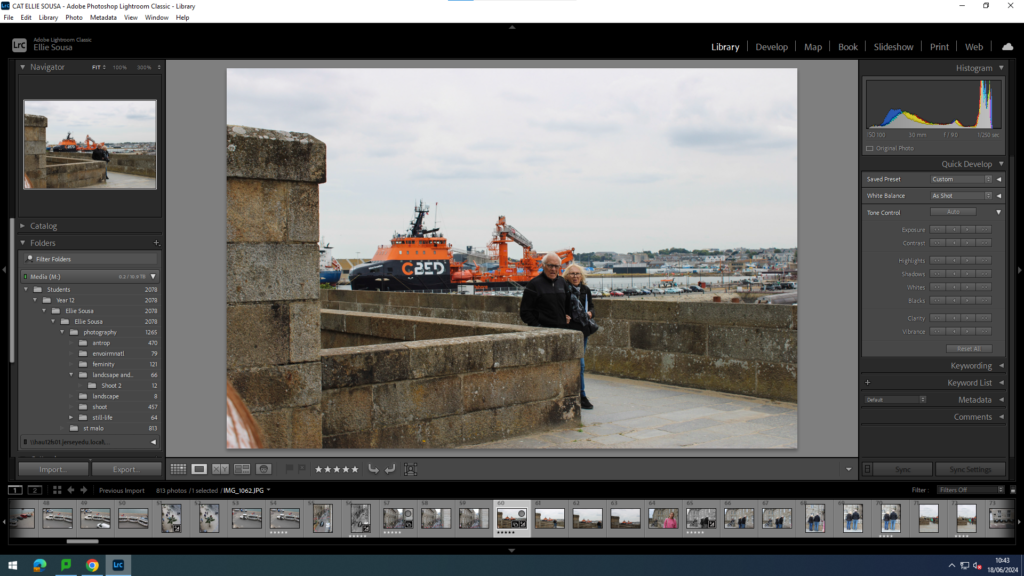
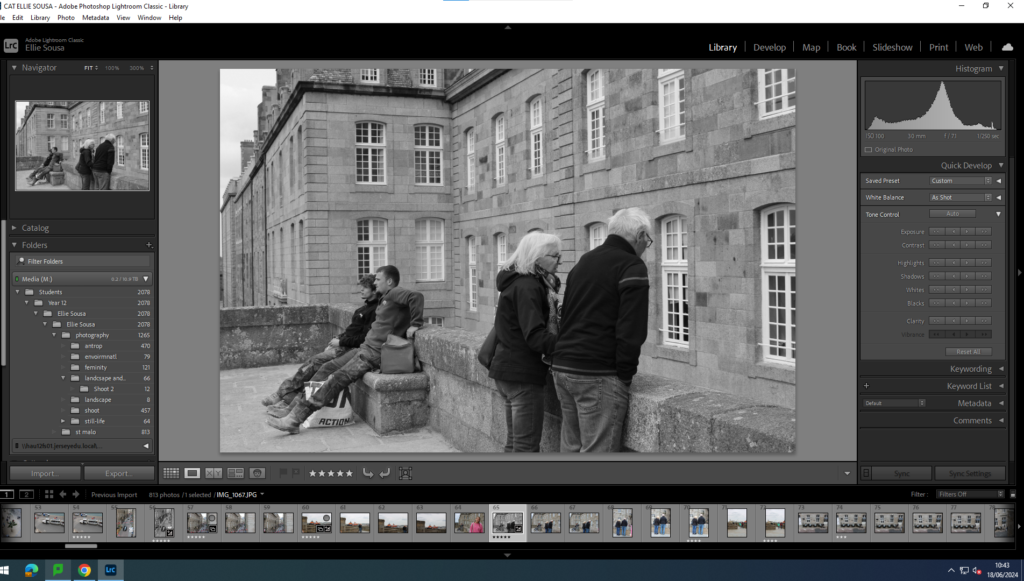
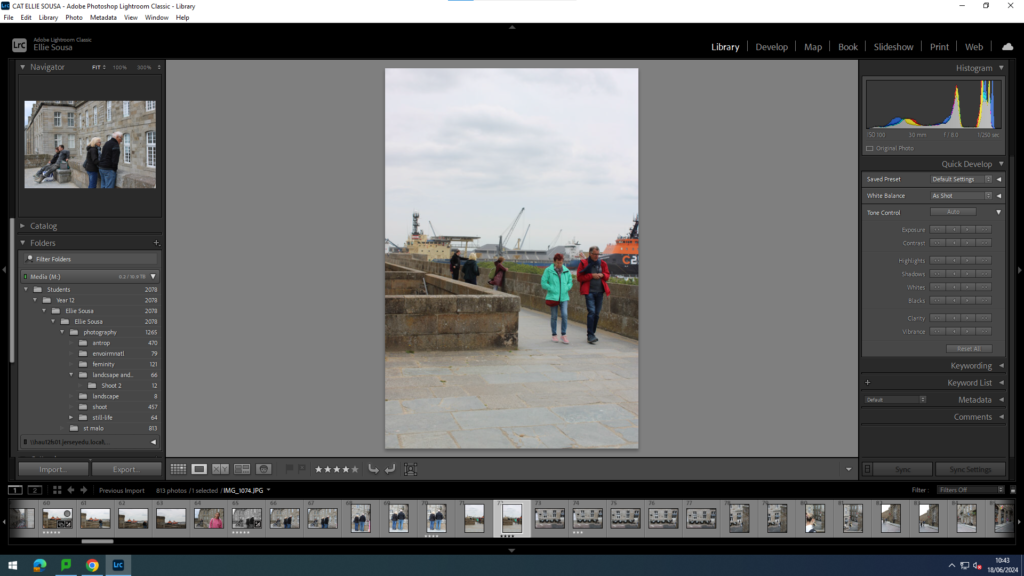
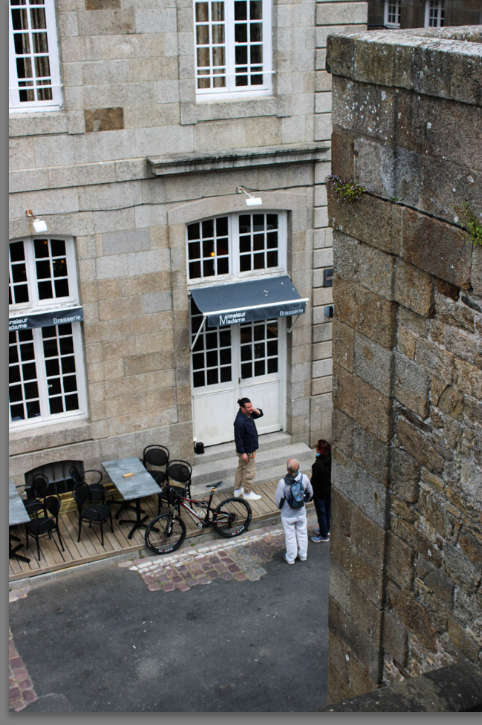
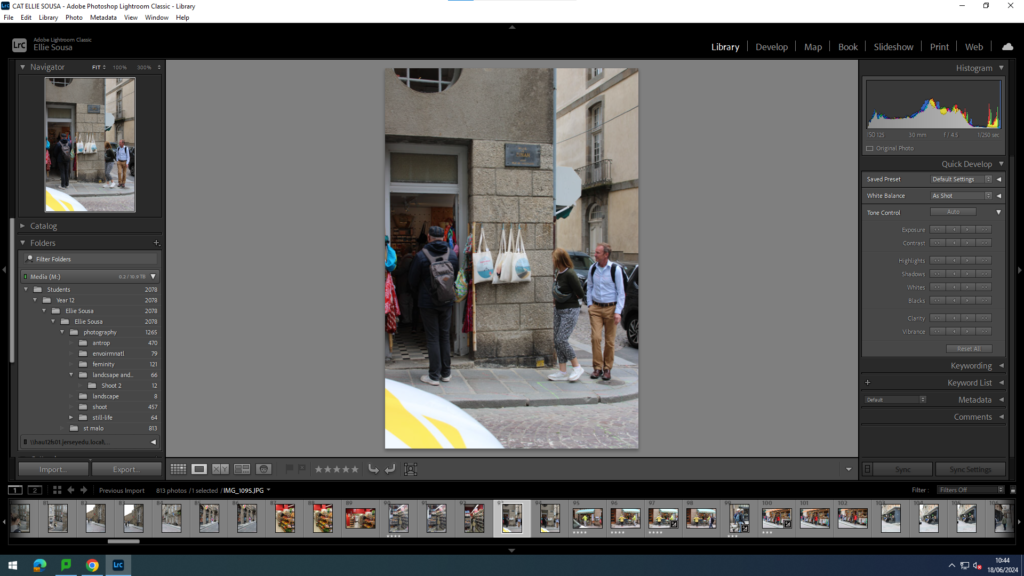
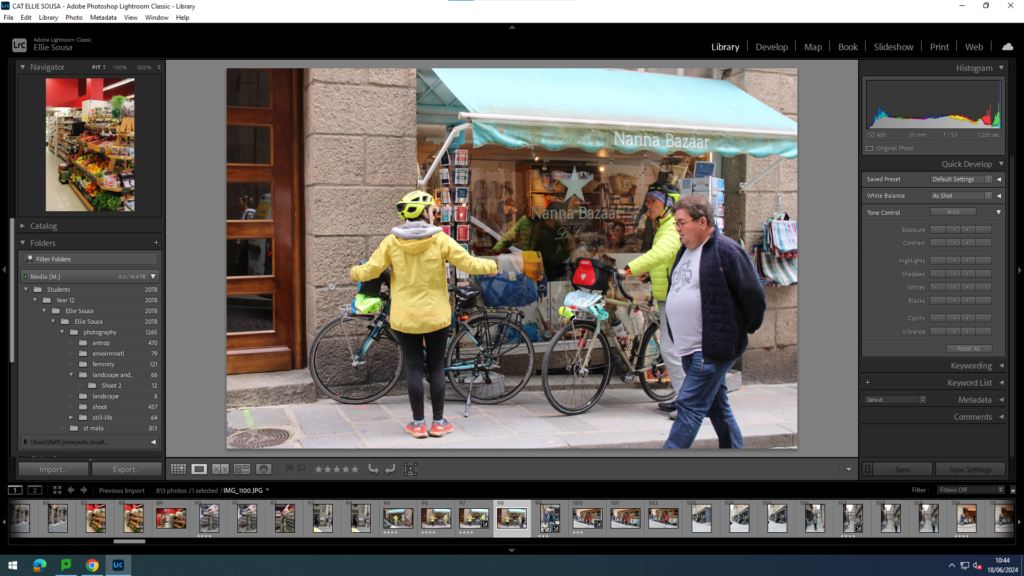
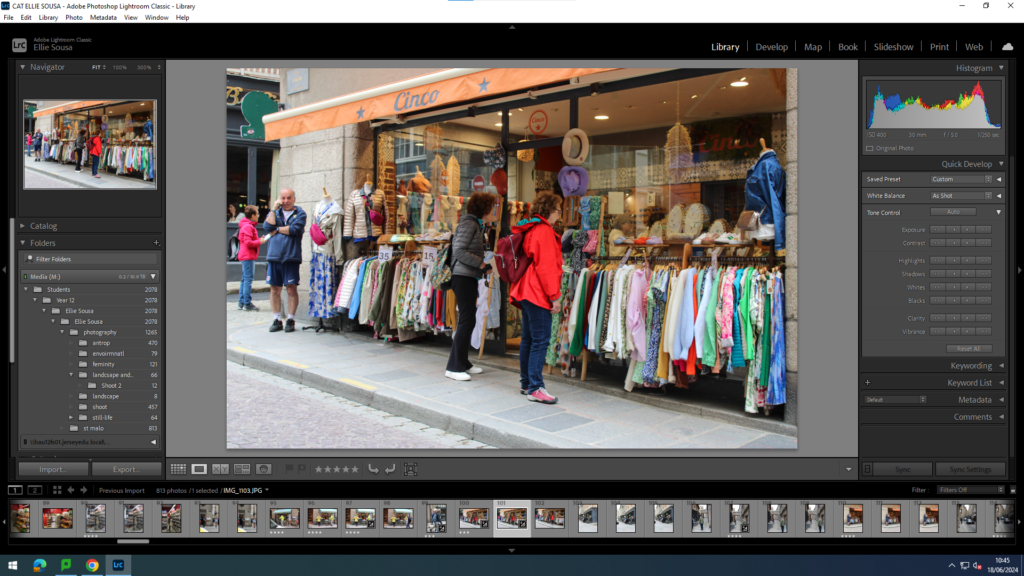

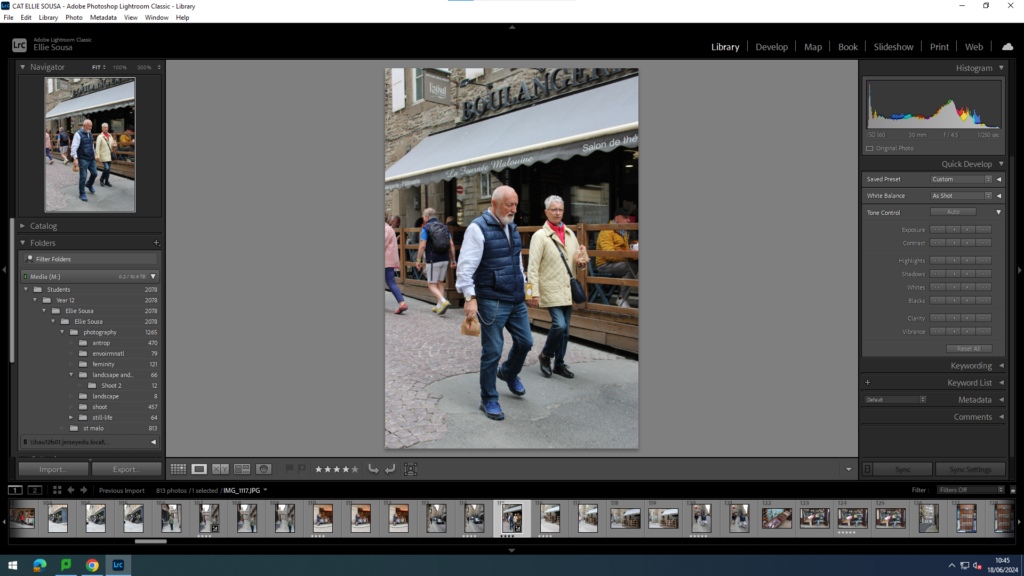
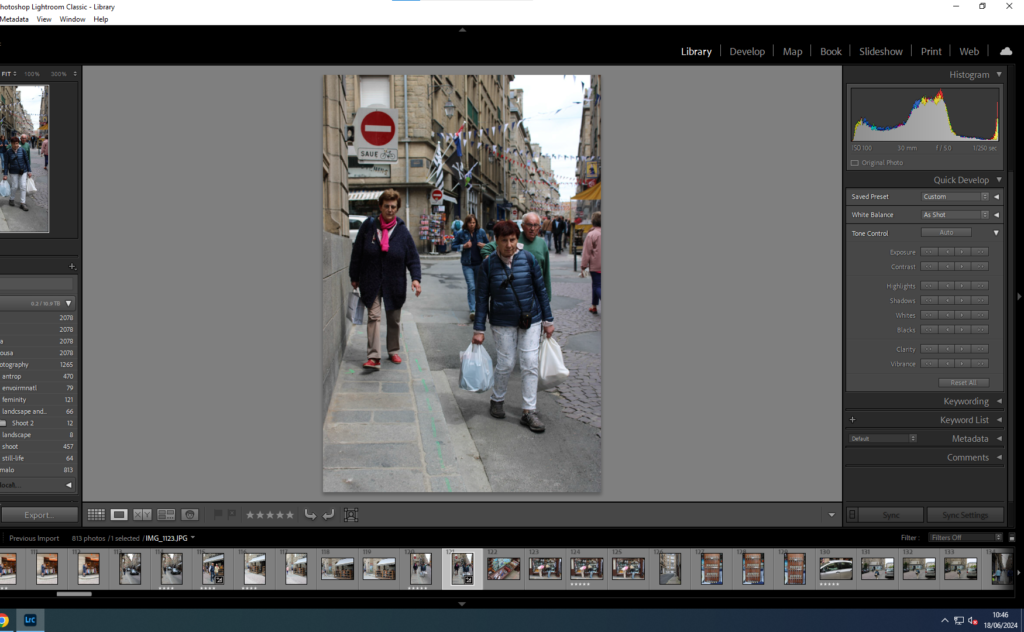



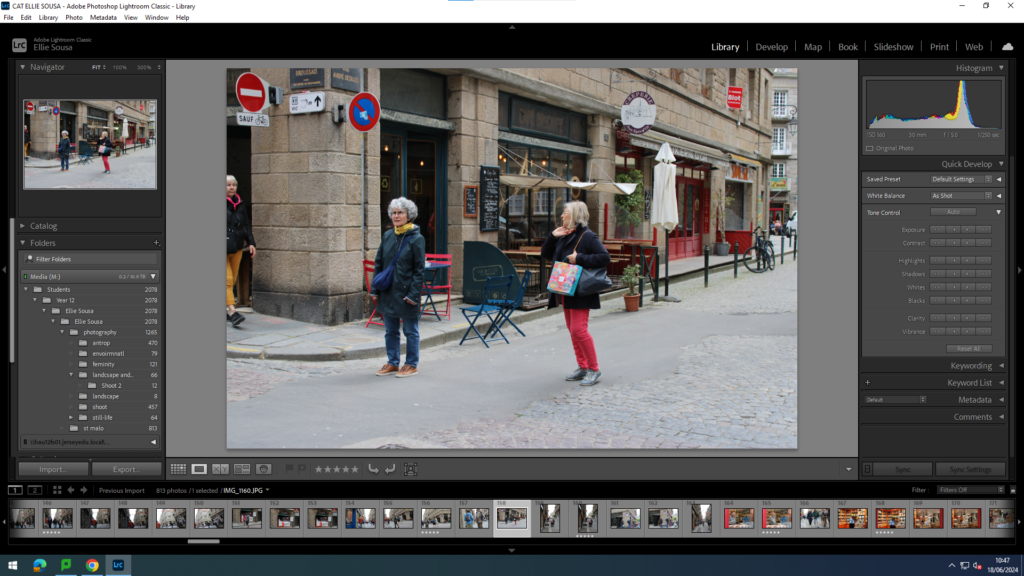
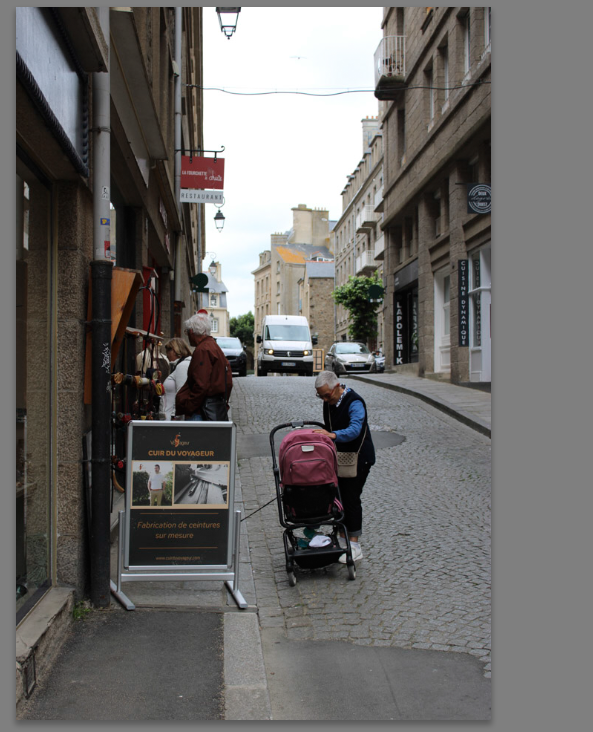

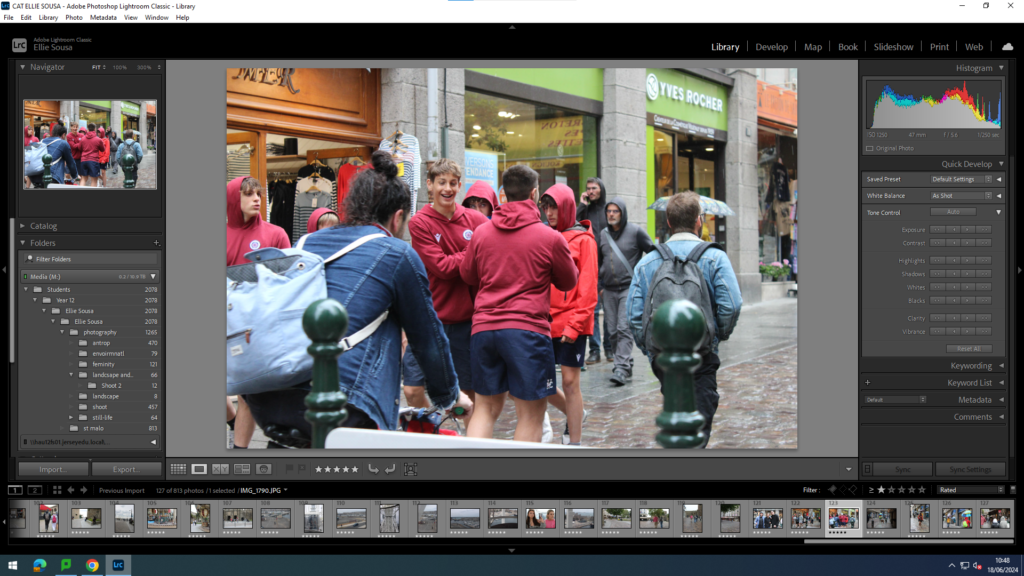
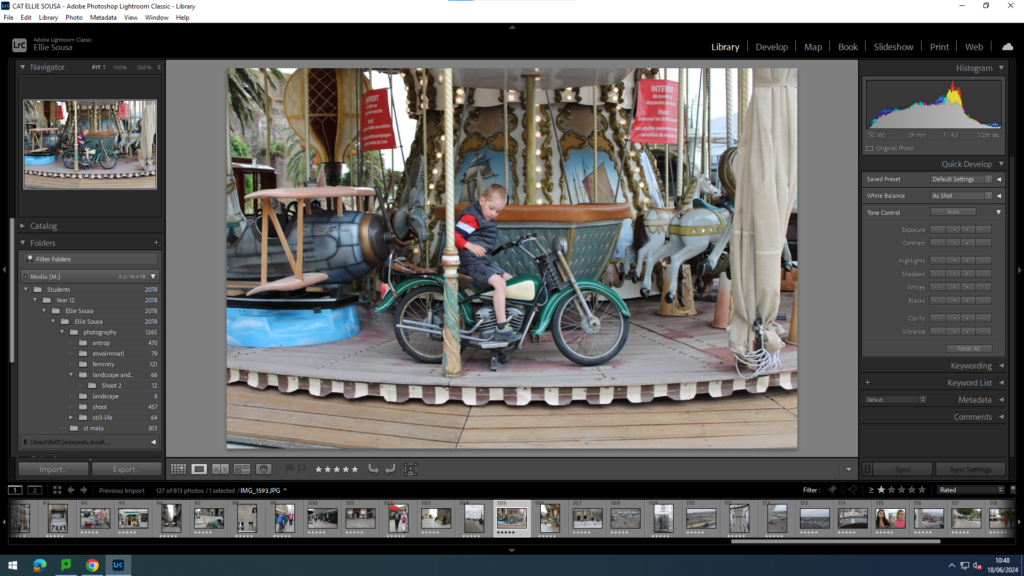
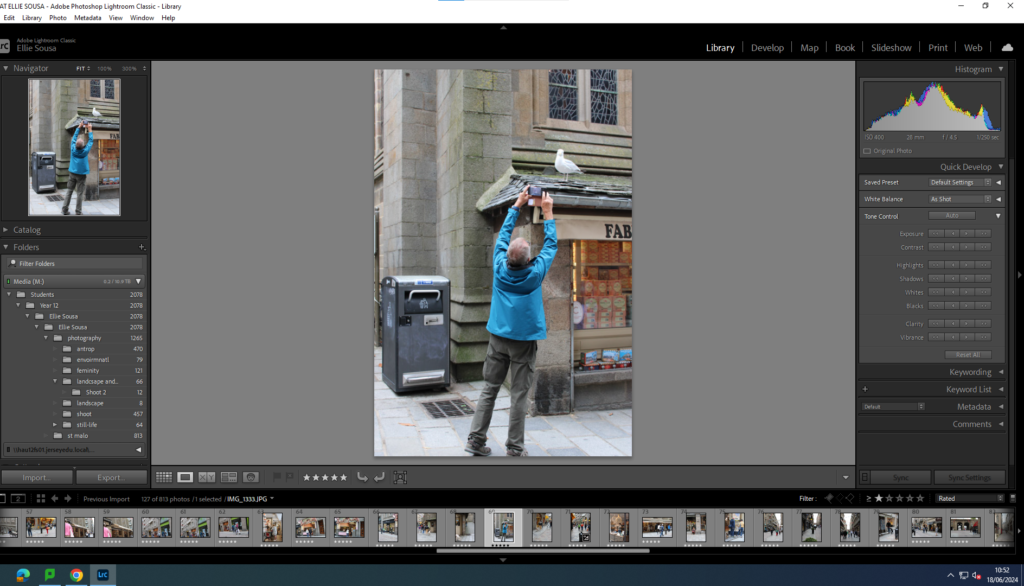
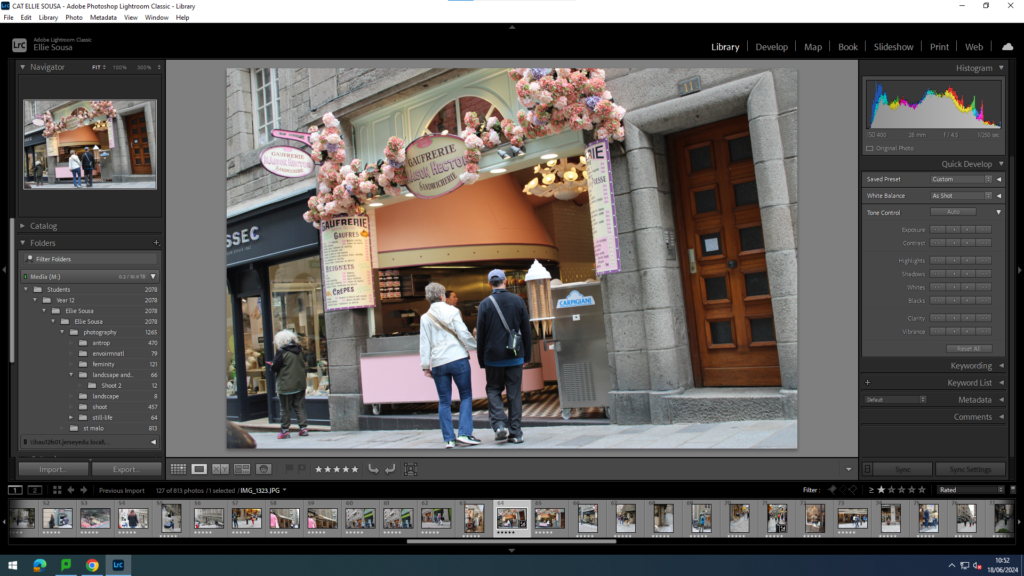
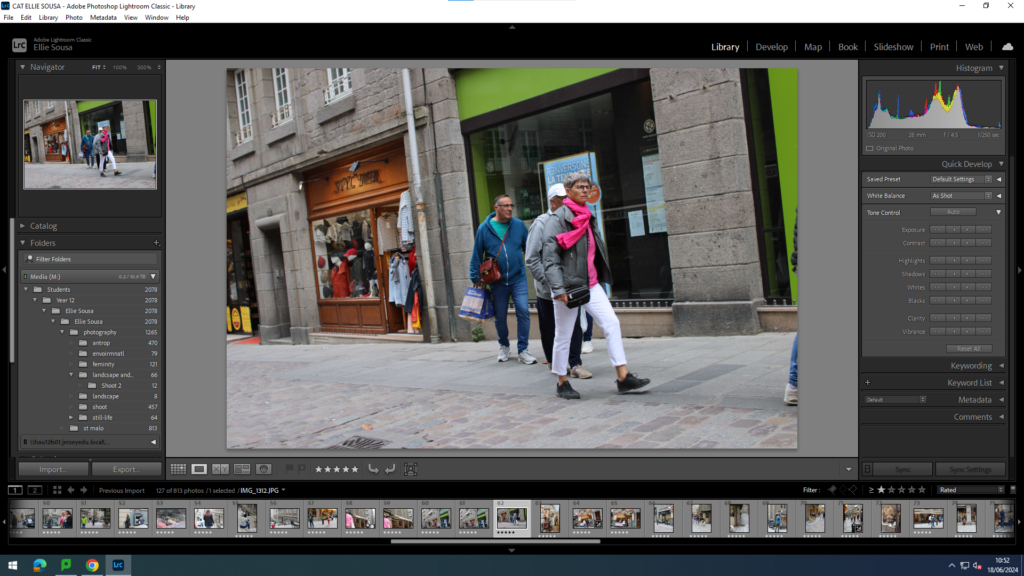
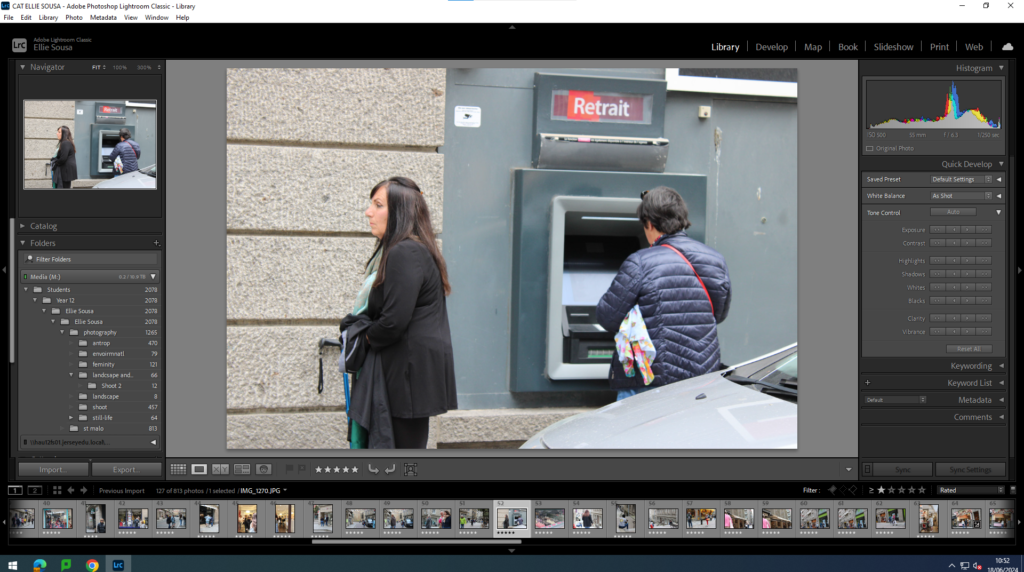
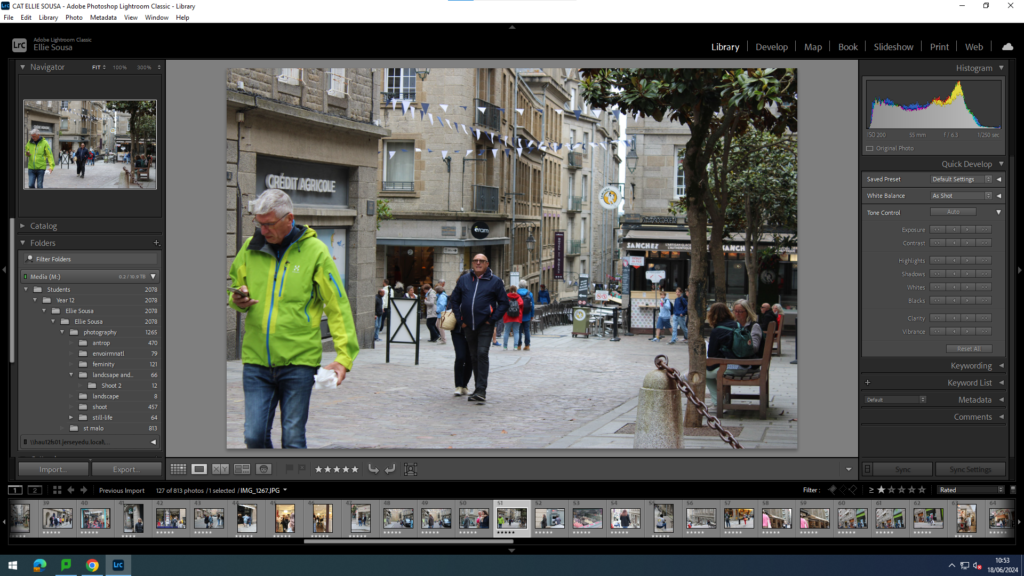
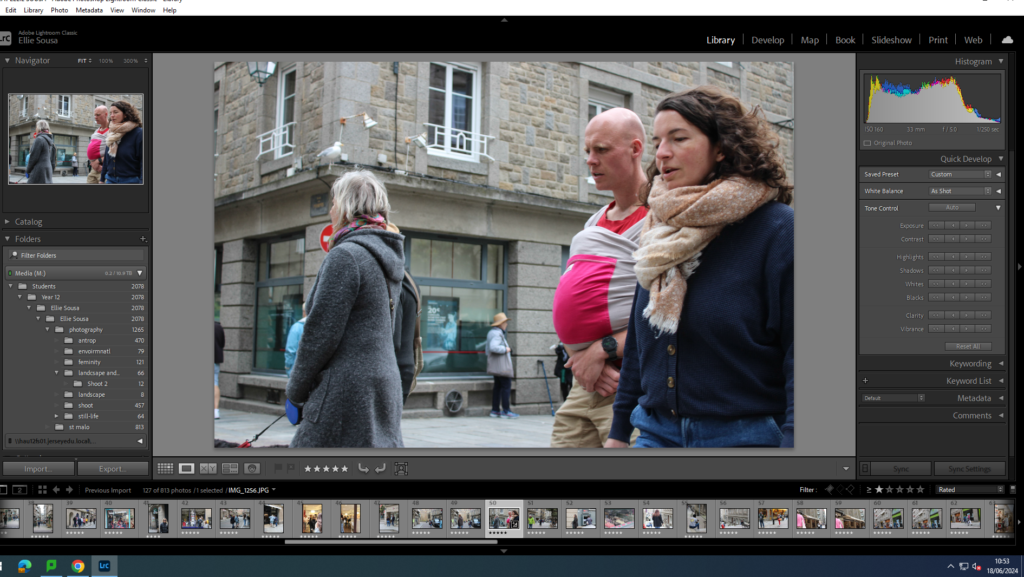
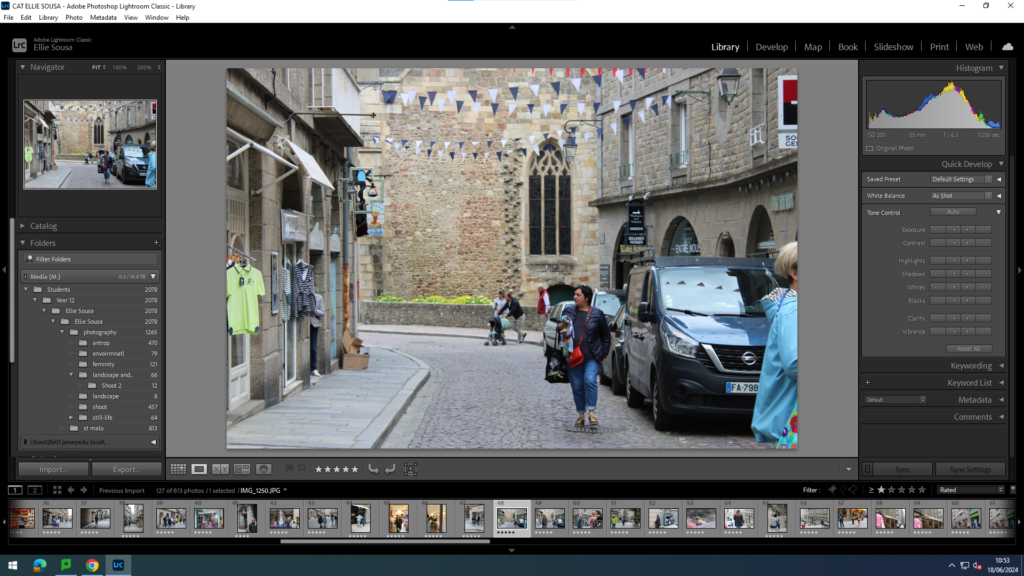

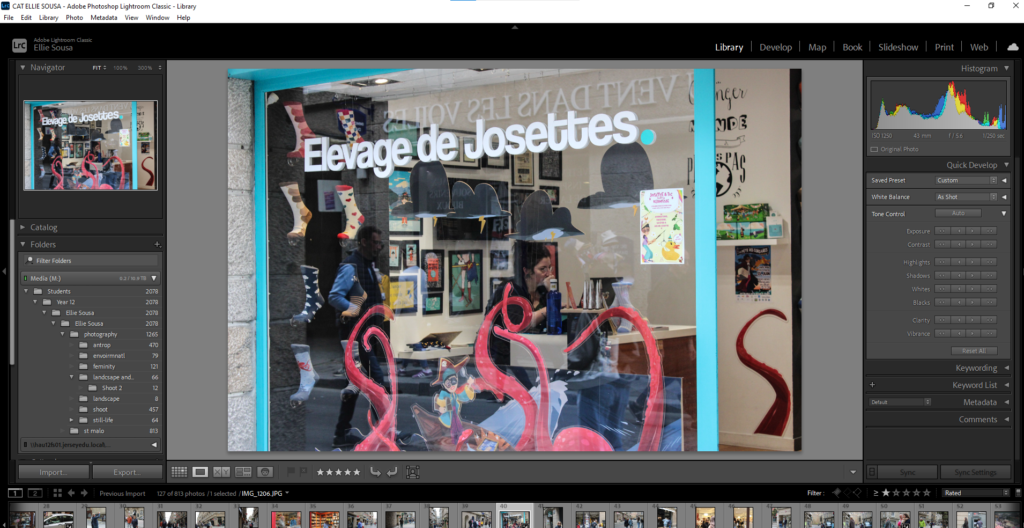
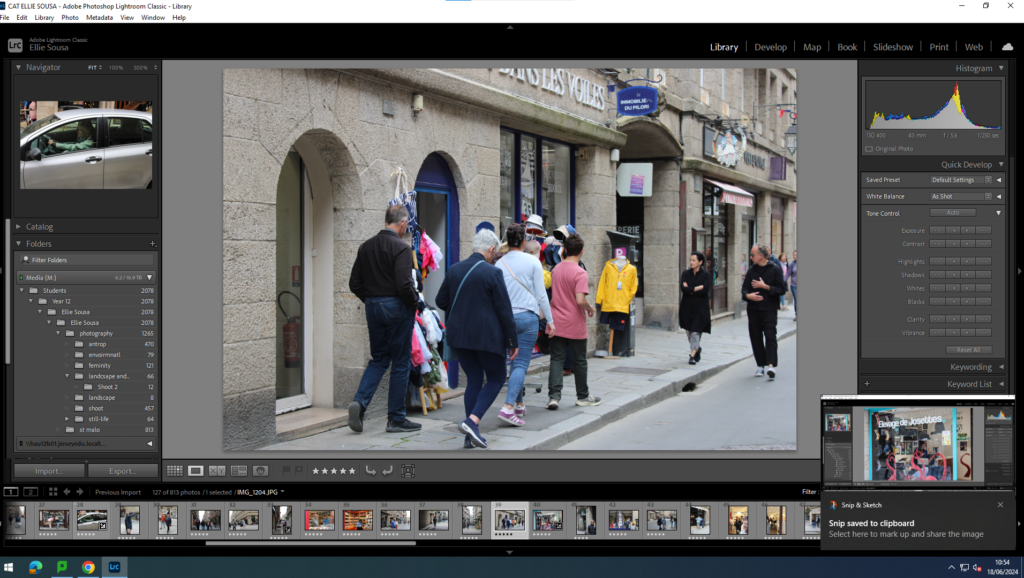
Evaluation- I really like the way I got different angles and shapes within St Malo. I like how there is a mixture of many different people doing things. I got around 1000 photos for these area of photography which I really enjoyed. However I think I could’ve taken some clearer or different angled photos rather then just normal or up or down since it would mix it up a bit but other than that I really like and enjoyed taking this style of photography as it showed me how much work you need to do to achieve this style.

Who is he?
Henri Cartier-Bresson was a French artist and humanist photographer considered a master of candid photography, and an early user of 35mm film. He pioneered the genre of street photography, and viewed photography as capturing a decisive moment. Cartier-Bresson was one of the founding members of Magnum Photos
What is the concept of the decisive moment?
The concept of the decisive moment implies that in the constant flow of events, there are moments in which the arrangement of everything within the frame is perfect. These moments are always spontaneous, so a photographer must be ready to click right away.
– Line
– Shape & Form
– Pattern
– Tone
– Colour
– Texture
– Space
Cartier used many quotes to relate within his work and some of them are..
“It is an illusion that photos are made with the camera… they are made with the eye, heart and head.” – Henri Cartier-Bresson
“To photograph: it is to put on the same line of sight the head, the eye and the heart.” ― Henri Cartier-Bresson
“Your first 10,000 photographs are your worst.” ― Henri Cartier-Bresson
“A photograph is neither taken or seized by force. It offers itself up. It is the photo that takes you. One must not take photos.” – Henri Cartier-Bresson
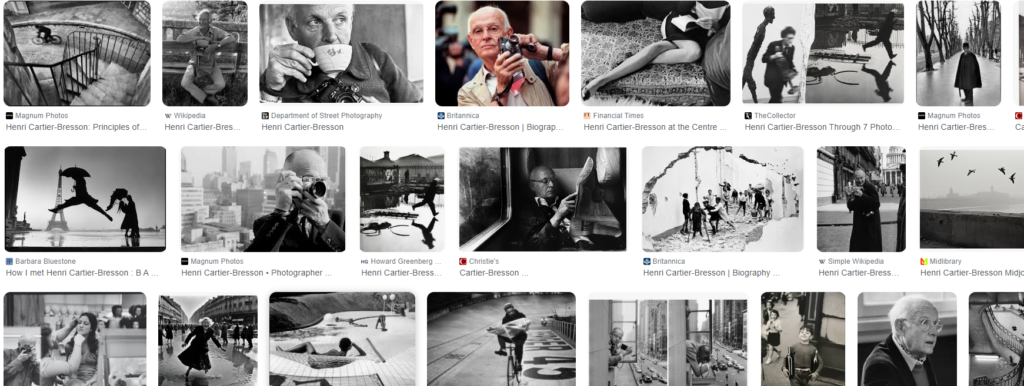
He was a photographer in the 90s and used a Leica 35 mm rangefinder cameras, I will be analysing his photograph’s.
What is it and how can you achive this?
The decisive photo is the moment of perfect position and how you use angles, shapes , lines etc to form the way your photo is being taken. its a spilt second of moment and can be done perfect in a click of a button with the right lay out and how you are trying to style it. Henri was the master of photography, Henri started off with art and drawings first but then turned to photography. He was a member of magnum photo group which is where he took cannon photographs which means the absence of posing – the person must be unaware for the photo to be candied. The point of the decisive moment and candied photos is that you can really feel the intellectual pleasure and seeing and understating what you can se and how you can feel it as well as the backgrounds in the image. Candied photograph’s have relation between shape and geometry. If they don’t relate to these things then its classed as a bad photograph states the photographer.
Here are some examples of some photos I took in St Malo trying to recreate some of Henri’s art.
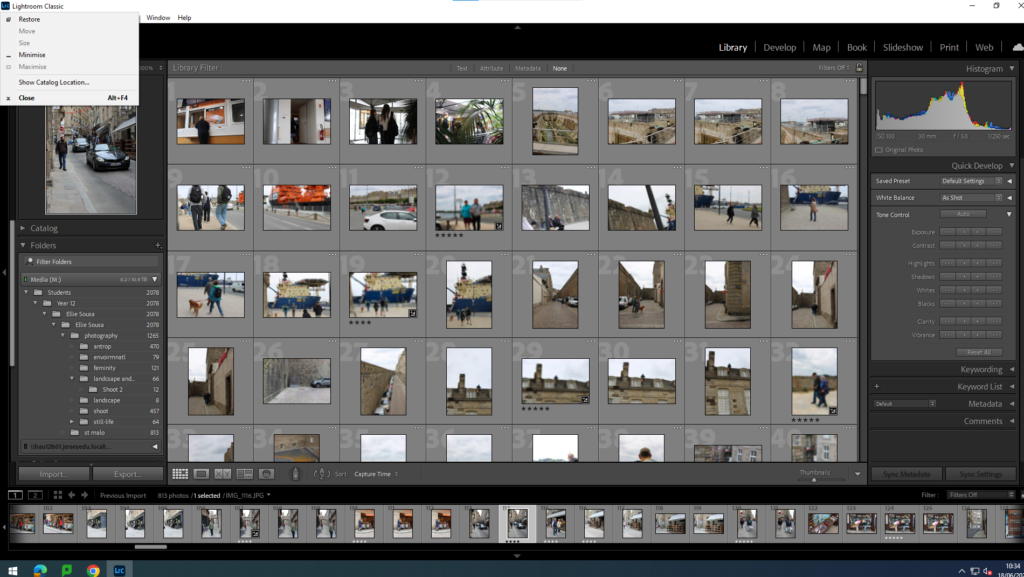
What is AI photography?
AI-powered cameras let you remove unwanted objects, create special effects, even shoot clearly in low light. The Google Tensor chip helps your camera learn to identify objects quickly, since the processing happens right on the phone. Even pros think Pixel’s AI camera often takes better pictures than a DSLR.
AI is also being used to enhance the quality and accuracy of photographs. With deep learning algorithms, AI tools can automatically identify and remove unwanted artefact’s and noise that can detract from the quality of images.
With the use of AI you can interpret/predict what the future could look/in the past present or future, such as examples of this..

People use AI nowadays for many different reasons and thus could be good or bad, could be mislead or lied to but could also be useful for some people.
Here are my final images.
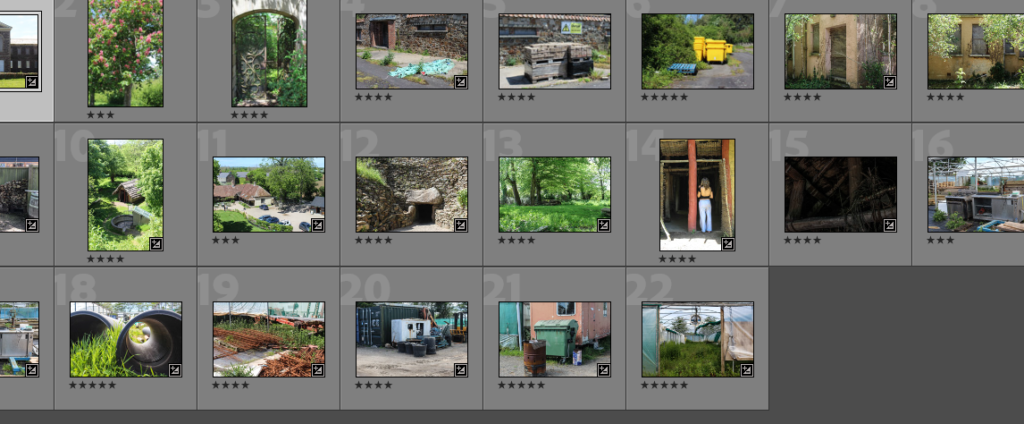
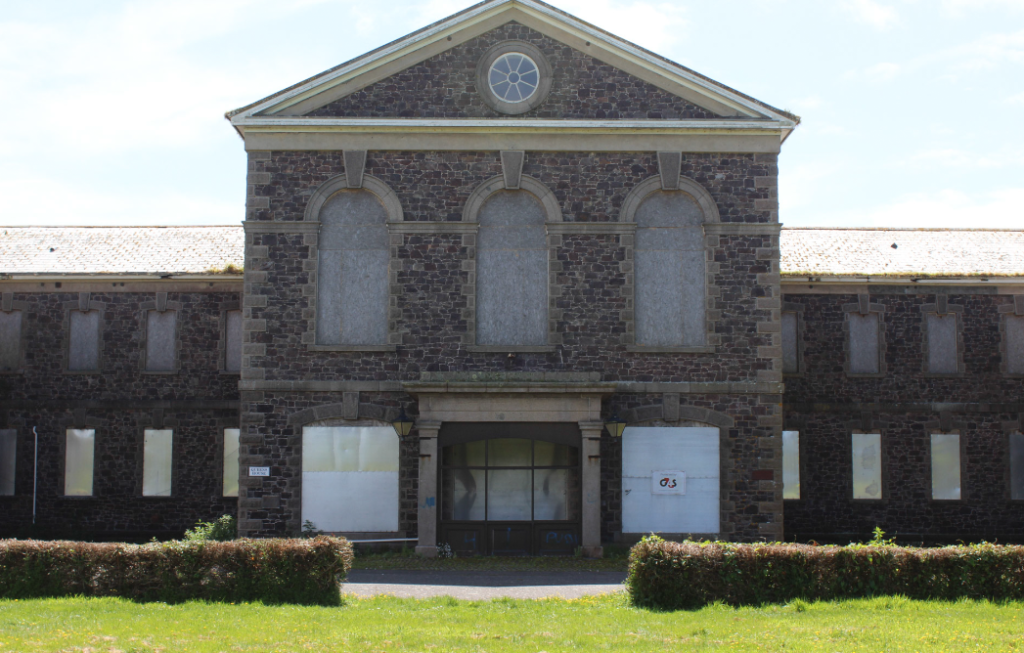


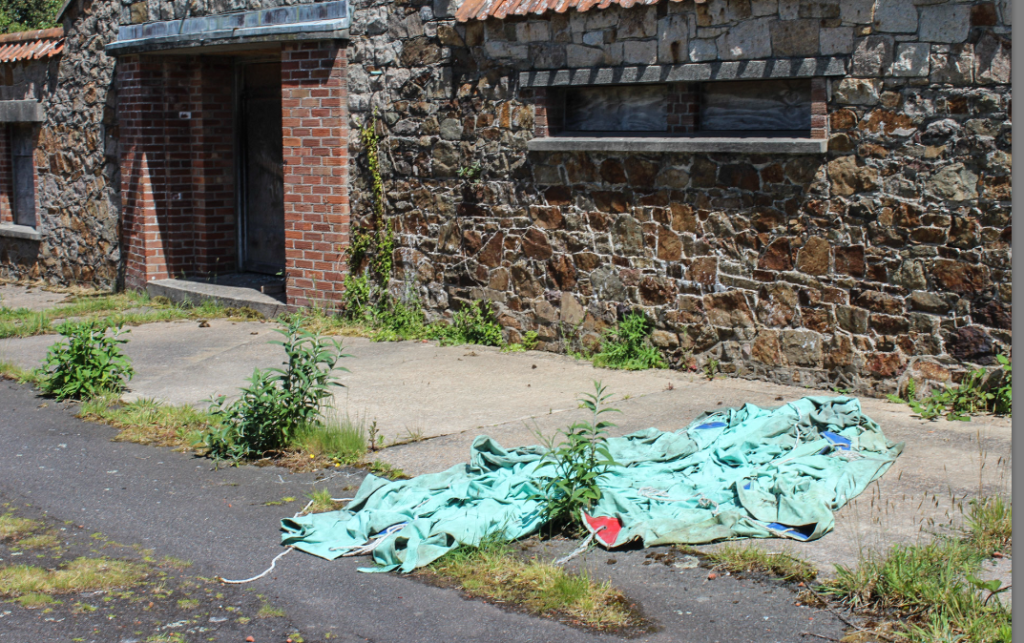
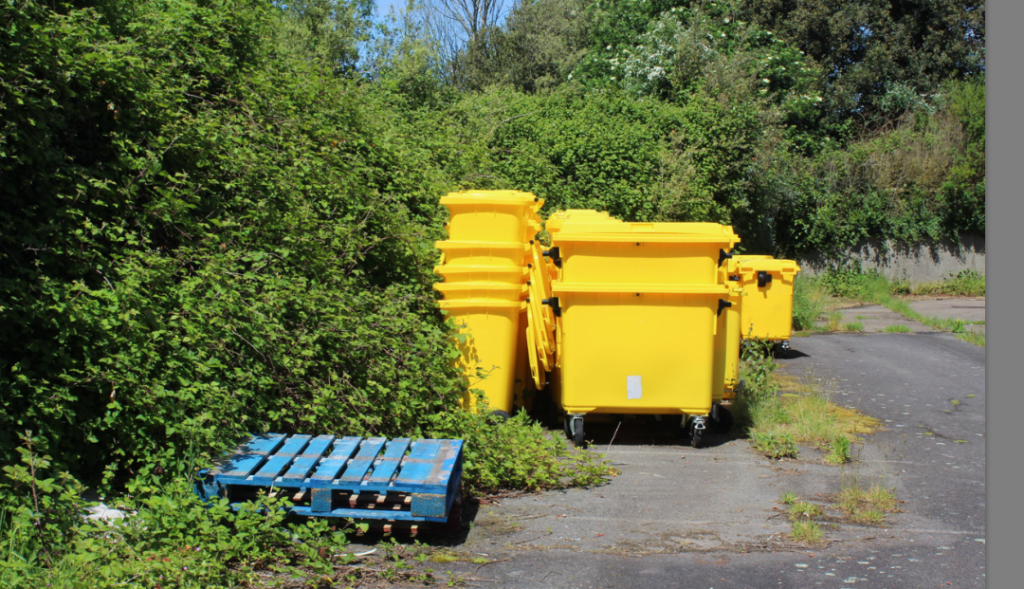


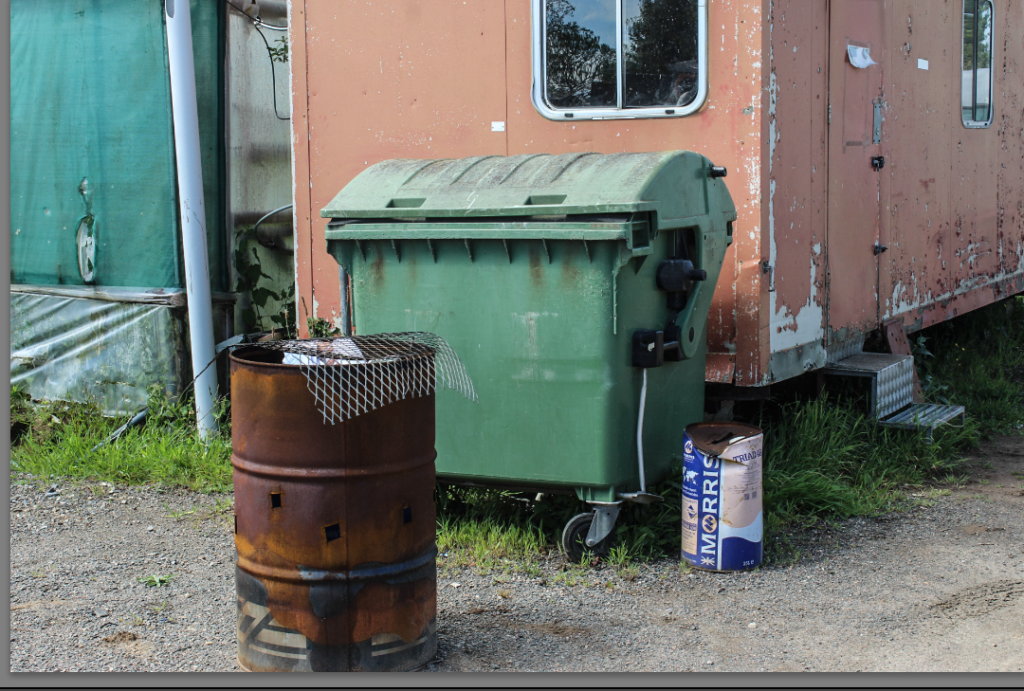
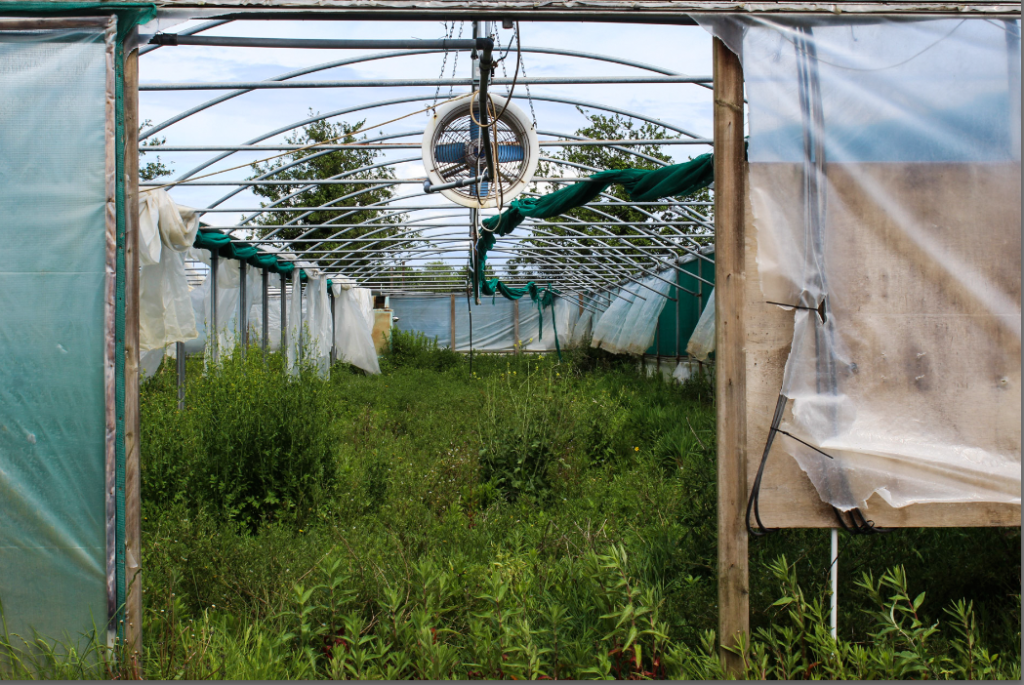
What went well, what went bad or you wish you could’ve performed better?
What I think went well was the daylight lighting, light tone- it was a perfect pin point for each photo. The distance from the camera to the objects to the person was good as it gave off a warm/cold vibe on a 3d vibe I would say as there is lots of different shapes and colours. The place these photos were taken yo could say looks a little historian as there is rusty, old outgrown plants and objects therefore you could say it has been there years if not decade’s. The concept/art behind these images are that I am trying to capture the moment of element within these images because I wanted to get the colour and timing perfect, however I think I could’ve done a few such that would’ve improved my photography, such as making a couple images black and white this would have created a more sympathetic historical look by changing the colour to black and white it definitely would have drawn my eyes in. I also think I could have done better by choosing a more vast area with more rubbish and plastic to represent Keith Arnatt (1930–2008)more and get the higher idea about antropence but overall I am happy with my final images even though there could have been some improvements I am impressed with what I have managed to do.